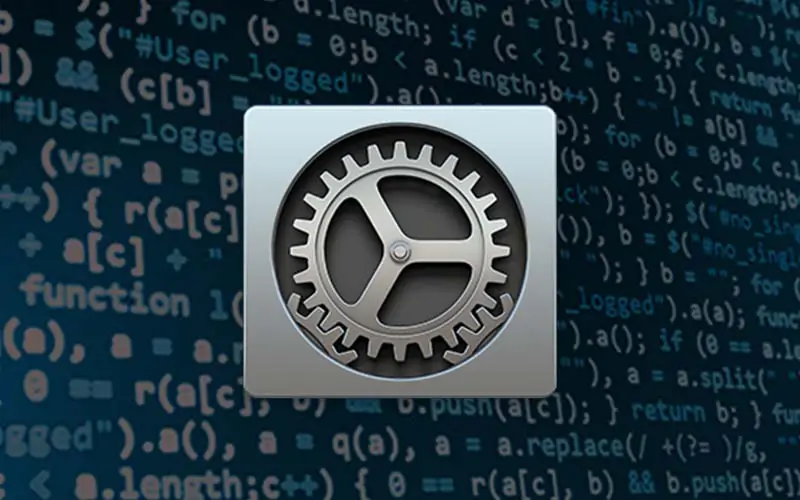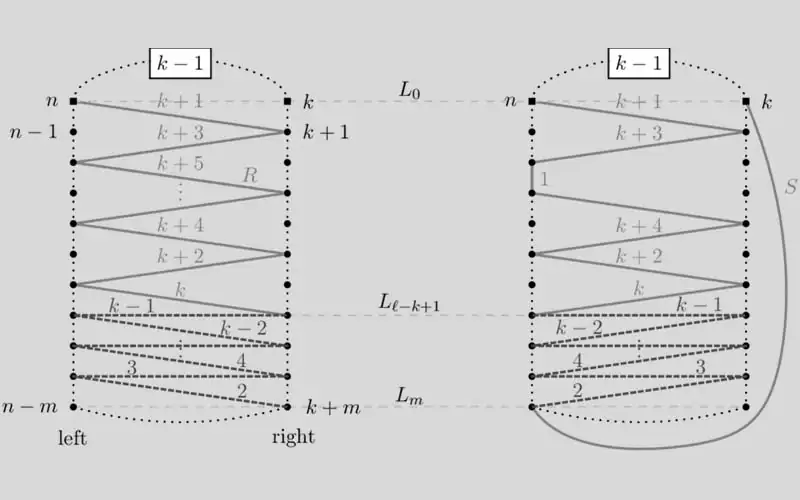What is Programming Languages and explain (LLL) and HLL?
There are two type of language are: Low Level Languages (LLL) and High Level Languages (HLL)
Low Level Languages (LLL): The term low level means closeness to the way in which the machine has been built. Low level languages are machine oriented and require extensive knowledge of computer hardware and its configuration.
Machine language: is the only language that is directly understood by the computer. It does not needs any translator programme. We also call it machine code and it is written as strings of 1s (one) and 0s (zero). When this sequence of codes is fed to the computer, it recognizes the codes and converts it into electrical signals needed to run it. e.g., a programme instruction may look like this 1011000111101.
Assembly Language: The set of symbols and letters forms the assembly language and a translator programme is required to translate the assembly language to machine language. This translator programme is called assembler. It is considered to be a second generation language.
High Level Languages (HLL): Higher level languages are simple languages that use English and mathematical symbols like +,- ,% , /, etc. ‘ for its programme construction.
Higher level languages are problem oriented languages because the instructions are suitable for solving a particular problem. e.g., COBOL (Common Business Oriented Language) is mostly suitable for business oriented language where there is very little processing and huge output. There are mathematical oriented languages like FORTRAN (Formula Translation) and BASIC (Beginners All-purpose Symbolic Instruction Code) where very large processing is required.




